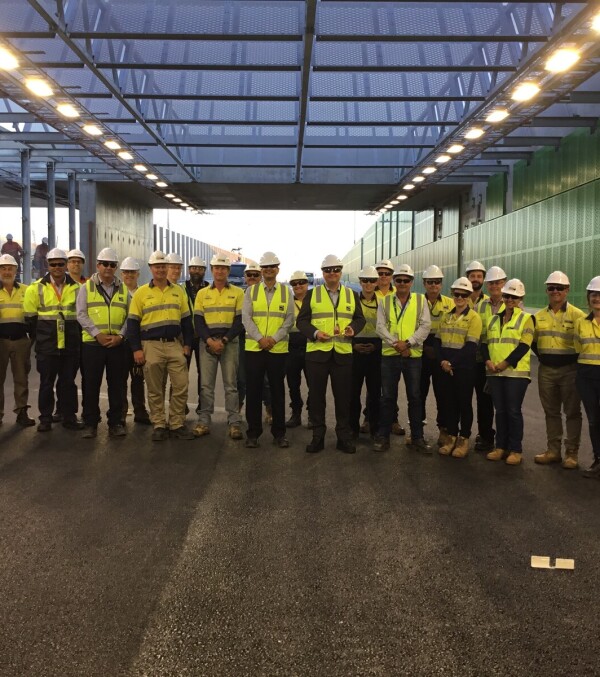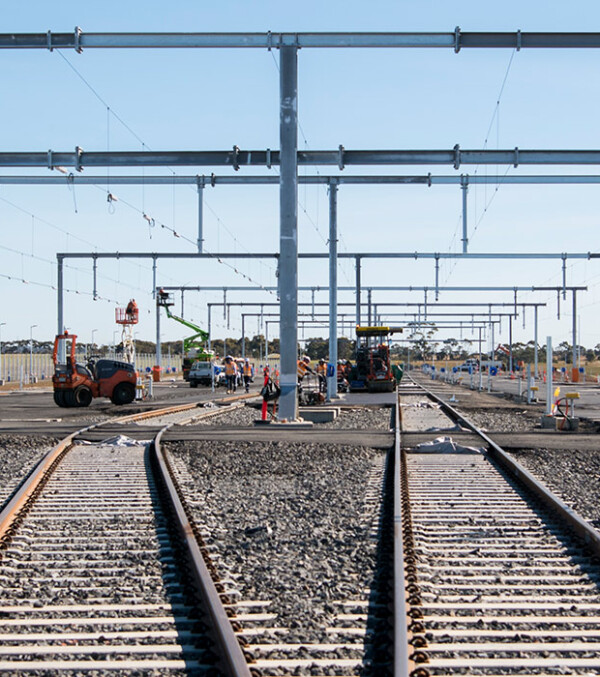|
Customer: Rio Tinto Contract: Design and Construct Location: Weipa, Far North Queensland |
Fast Facts
|
We revolutionised the design and construction of large-scale marine infrastructure when we delivered the Chith Export Facility - a large, complex and remotely located project for Rio Tinto at their Amrun bauxite mine, south of Weipa in Far North Queensland.
The facility comprises a 650 m access jetty, a 350 m loading wharf and an onshore conveyor system. Innovatively designed by Jacobs and constructed by us in just 10 months, modularisation was at the heart of the solution and our project team took it to new levels in scale and breadth.
The 350 m wharf structure was split into seven, first-of-a-kind ‘jacket’ modules (the substructure) and six topside modules. Weighing approximately 680 tonnes each and standing 30m high, the jacket wharf modules with integrated dolphins (JWD) reduced the number of permanent wharf piles required from 100 to just 28, minimising environmental impact to marine life – a core focus for the Chith Export Facility team.
The wharf topside modules, placed on the jackets, ranged from 600 to 1400 tonnes and were fabricated complete with all services, conveyors, concrete roadways and access walkways.
In true ‘plug and play’ fashion, the JWD modules were delivered and installed by a heavy-lift ship in a safe, clean and efficient operation.
The 650m access jetty was constructed using our cantilever traveller frame. Developed for efficiency, repeatability and safety, this method minimised high-risk marine-based construction and saw each complete bent delivered in just three days.
Rio Tinto purposely chose an Early Contractor Involvement approach for the Project and it was an excellent case study in collaboration, showcasing the benefits of open and respectful relationships between owner, project manager, designer and contractor.
The project was awarded the Australian Construction Achievement Award by Engineers Australia and the Brunel Medal by the Institute of Civil Engineers (UK).






